Fucecchio, Tuscany, Italy. Panoramas
2021
You may also like
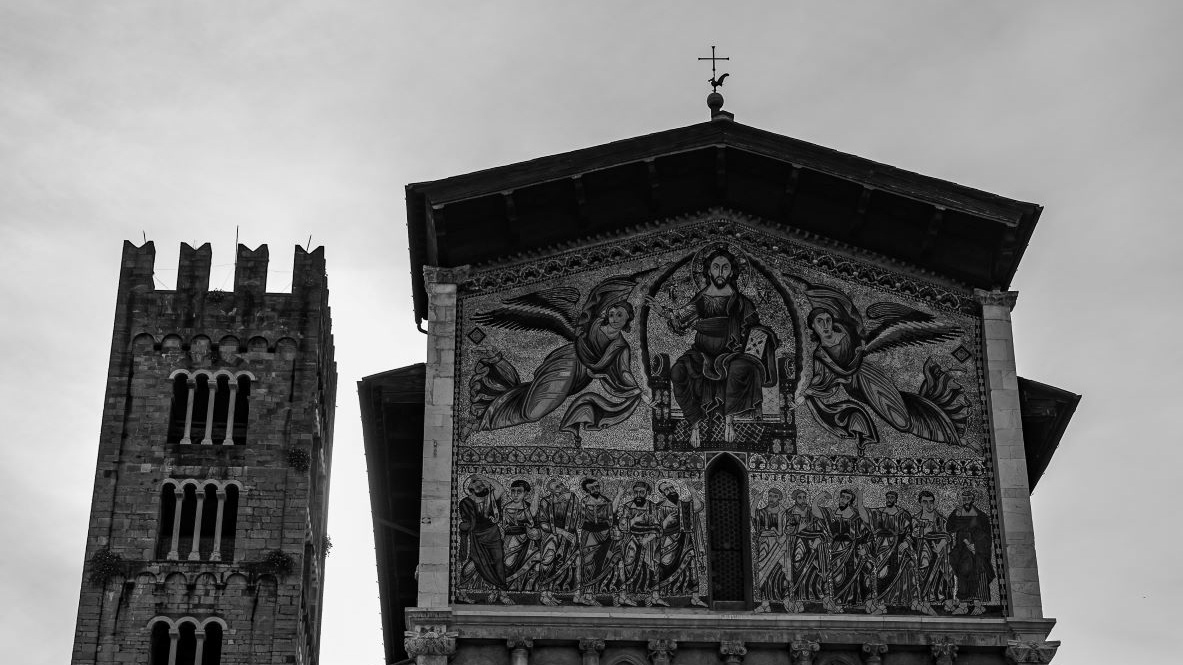
2021
Lucca, Tuscany. The basilica of San Frediano
The basilica of San Frediano is one of the oldest Catholic places of worship in Lucca, in Romanesque style, and is located in the homonymous square.
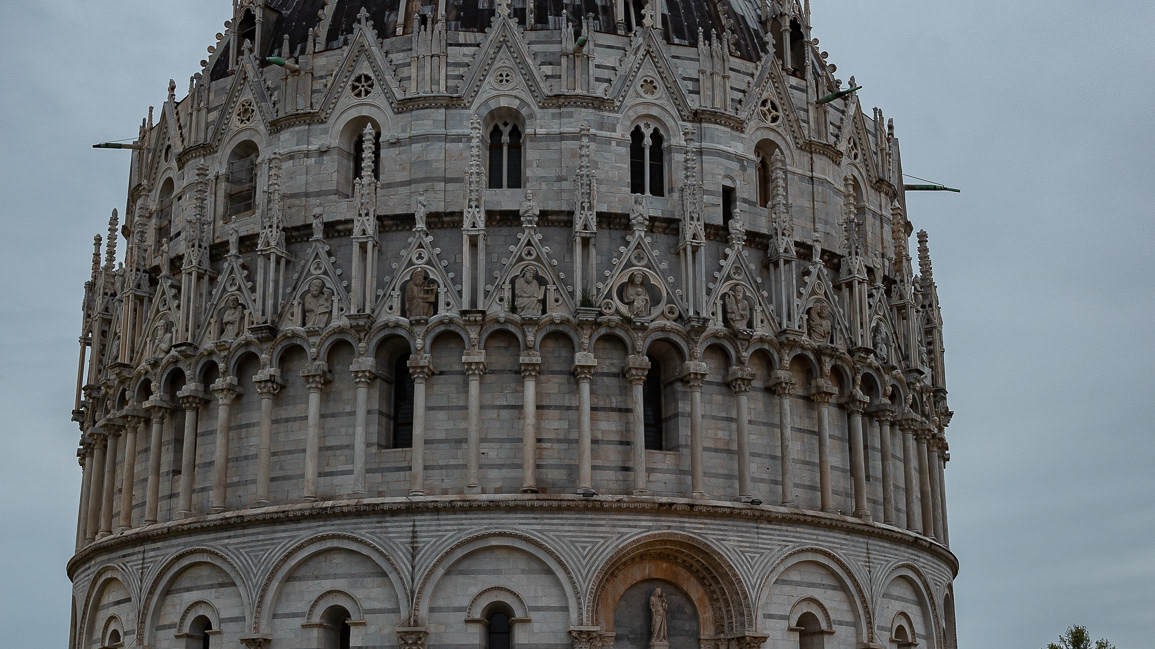
2021
Pisa, The baptistery of San Giovanni
the baptistery of San Giovanni is one of the monuments in the Piazza dei Miracoli, in Pisa; it rises in front of the western facade of the cathedral of Santa Maria Assunta, south of the monumental cemetery. It is the largest baptistery in Italy, and also in the world: its circumference measures 107.24 m, while the width of the masonry at the base is 263 cm (2 meters and 63 cm), for a height of 54 meters and 86 centimeters. The construction of the building began in the mid-twelfth century: "1153 mense Augusti fundata fuit haec ...", or "In the month of August 1153 it was founded ..." (1153 in the Pisan calendar corresponds to 1152). It replaces an earlier, smaller baptistery which was located north-east of the Cathedral, where the Camposanto is now located. It was built in Romanesque style by an architect who signed himself «Diotisalvi magister…» in a pillar inside the building. Later Nicola and Giovanni Pisano were also foremen of the yard, as well as Cellino di Nese. In the nineteenth century, at the same time as a renewal that affected the entire Piazza del Duomo and its monuments, the baptistery was subject to a radical restoration by the architect Alessandro Gherardesca, with interventions that led to the reconstruction of some portals and a large part of the decorative apparatus. Despite the denunciations of some intellectuals and prominent personalities of the Pisan culture of the time, such as Carlo Lasinio, the works, directed by the master builder Giovanni Storni, led to the removal of numerous sculptures by Nicola and Giovanni Pisano. The statues, placed at the top of the first order above and inside the vimpergas, were replaced with works that did not imitate the medieval taste, while the original sculptures were almost all lost except for those now exhibited at the Museo dell'Opera del Duomo. The intervention should have also extended inside, with the creation of frescoes in the central basin, but the project was not concretized and was essentially limited to the removal of non-medieval furnishings and the installation of new windows.
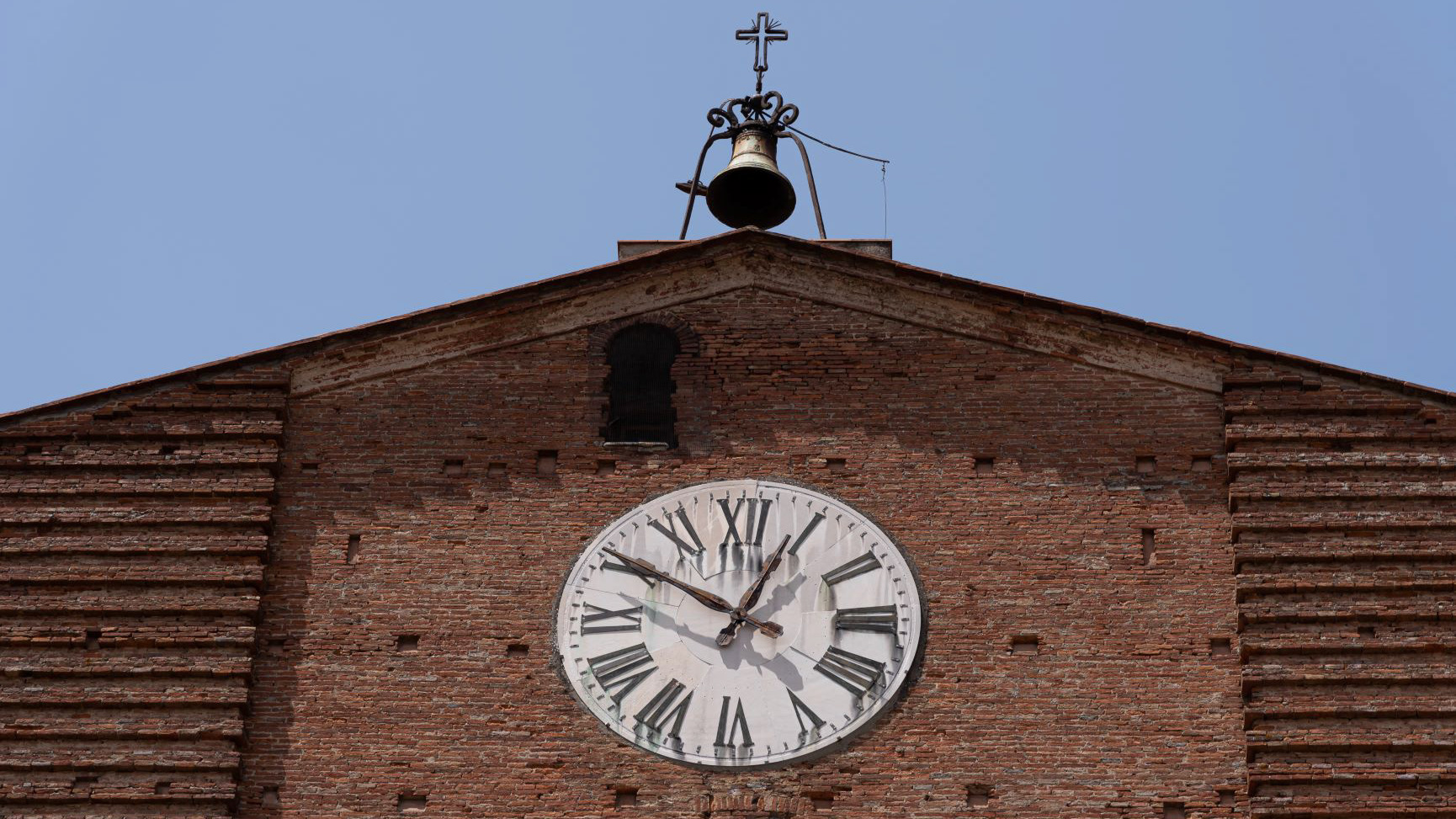
2021
Fucecchio, Collegiate Church of San G. Battista
Fucecchio, Collegiate Church of San Giovanni Battista. Named after San Giovanni Battista, it stands on today's Piazza Vittorio Veneto, on the site of the ancient parish church.
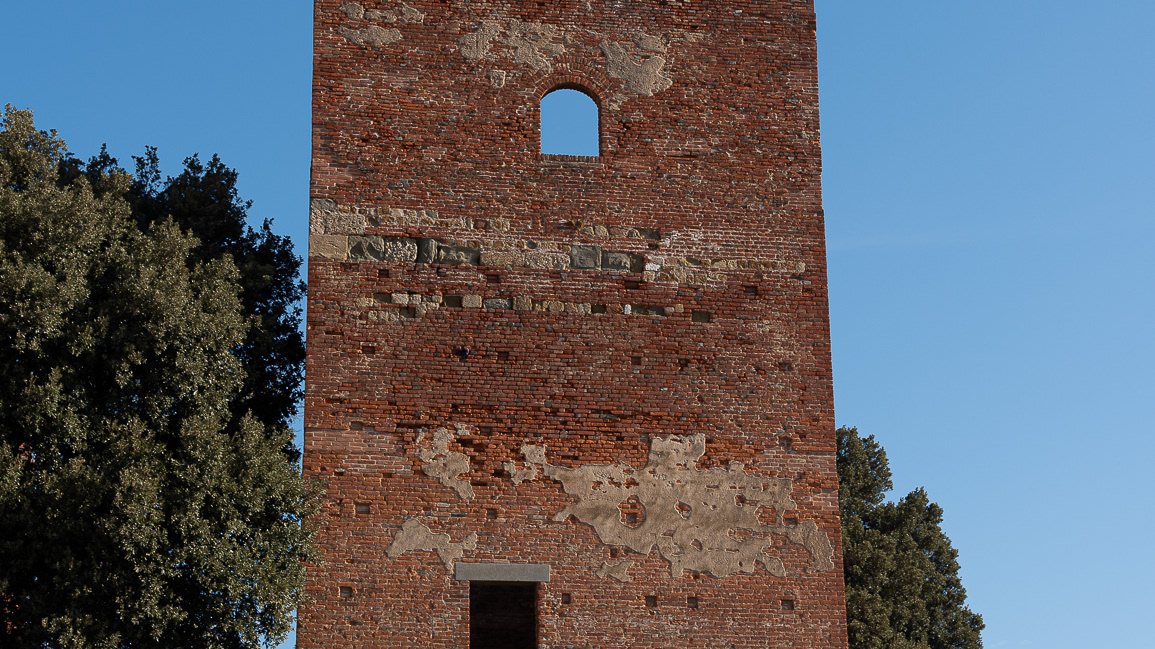
2021
Fucecchio, Tuscany. Corsini Park. The fortified towers
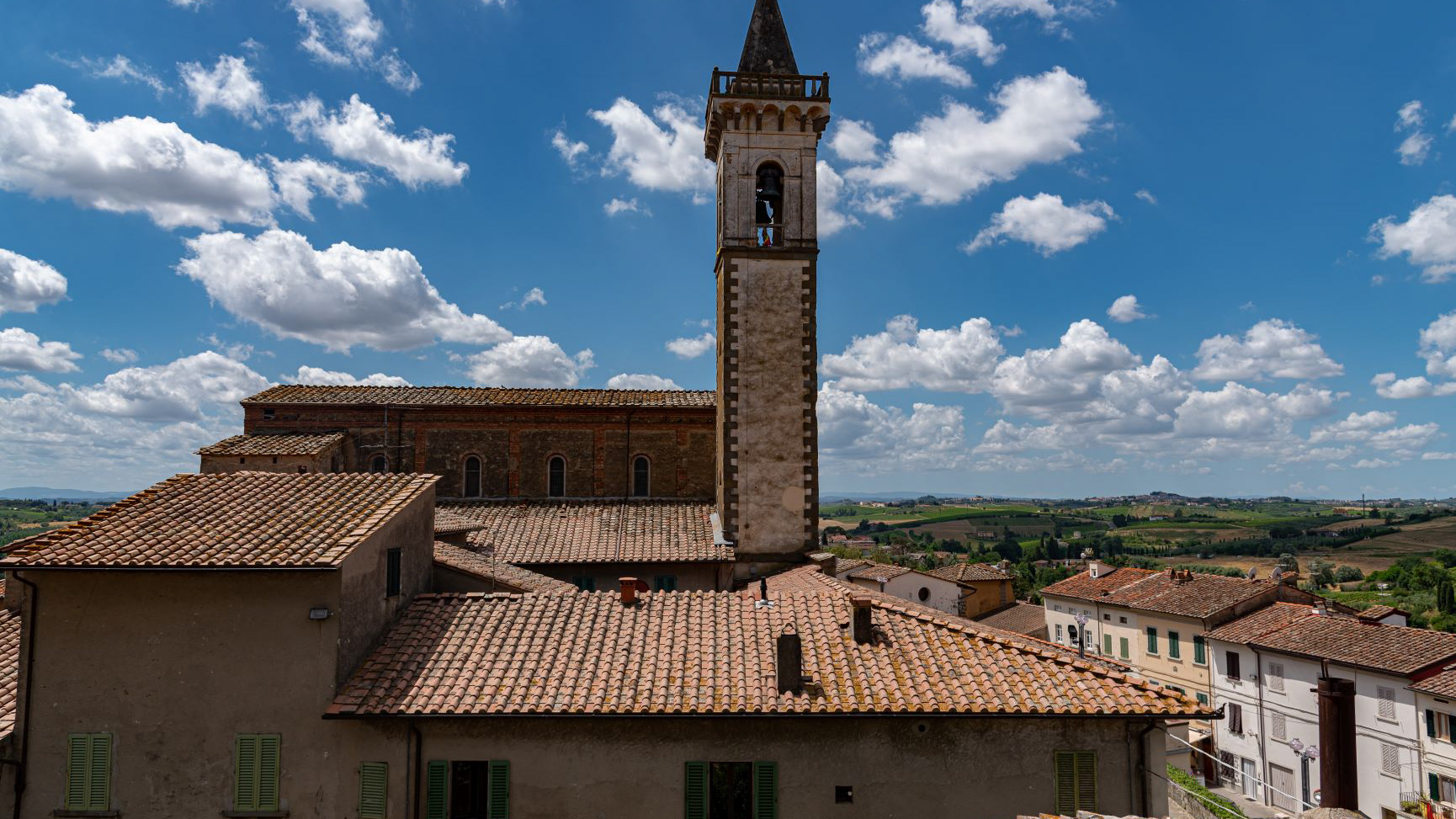
2021
Vinci. Wonderful views of summer.
Vinci is an Italian town of 14 615 inhabitants in the metropolitan city of Florence, in Tuscany. It is known to have been the place of origin of Leonardo da Vinci.
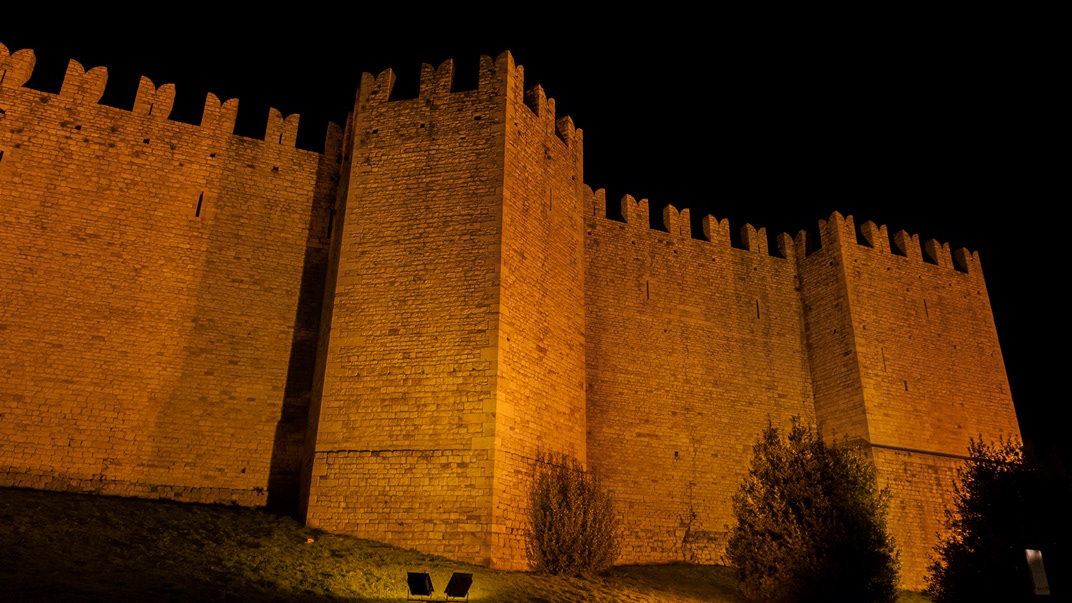
2008
Prato, Castle of the Emperor
The fort of the Alberti di Prato once stood on the site where the present castle is located, which was almost completely razed to the ground in 1107 during the siege of the troops of Matilde di Canossa; in its place another palace, called "Palazzolo", was rebuilt to house the nuncios of the emperors Arrigo VI of Svevia and Otto IV of Brunswick (of which two towers remain, those without battlements, which until 1767-68 had about the double the current height); the area affected by the Castle has always been strategic, so much so that there are documents dating back to 1035 which testify to the presence of an older "palatium"; this building was the nucleus of Castrum Prati, the village that stood upstream of the building which also possessed an ancient parish church (Santa Maria in Castello, which no longer exists). The commission for the construction was given by Frederick II to Riccardo da Lentini, probably starting from 1240. The castle, originally tangent to the second walls (XII century), was partially surrounded by a moat and connected to the Albertian prisons from which definition " of the prisons "the nearby Marian shrine took its name. It has eight towers and has inherent, as for the Castel del Monte, various symbolic aspects, both in the structure and in the portal. Once completed it should have been used as an important garrison of the empire, testifying to the presence of the emperor on the possessions of the north. However, its construction was interrupted around 1250, due to the premature death of the emperor, and the unfinished structure was later used for many other purposes. During the fourteenth century, under the Florentine dominion, the castle was connected to the third circle of walls by a covered corridor called "Corridore del Cassero" (ie: corridor of the castle) or more simply Cassero. In this way the Florentine troops could easily enter the city from outside the walls using a protected passage.
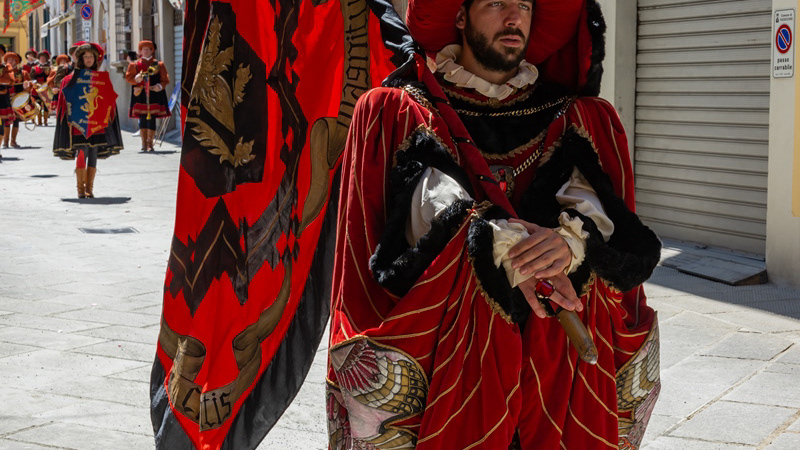
2018
Fucecchio, parade of the districts 2018
The Palio delle Contrade Città di Fucecchio, commonly known as the Palio di Fucecchio, is an event reminiscent of a contest held in Fucecchio around 1200. Originally called Palio della Lancia, it takes place on the penultimate Sunday of May (except for the edition of 2017). The race includes two heats and a final, on horses mounted bareback by jockeys. The last historical edition of which we have news from the local historical archives dates back to June 14, 1863. It was only from the eighties that the carousel came back to life with regularity. The forerunner of the modern Palio was the "Fratres blood donors group", which in 1980 organized a pony race to promote blood donation. From the following year it was decided to organize a real Palio delle Contrade, with horses mounted in saddles. After an initial presence of sixteen districts, the number definitively dropped to the current twelve. From 1987 the saddle was abandoned, and the horses were mounted bareback. Since 1995, the FRATRES blood donors group left the Palio in the hands of the municipal administration, as it has grown a lot compared to how it was born. The event takes place inside the "ex quarry of Andrea" commonly called "La buca" by the locals: a natural racecourse suitable for horse racing. The land of the "hole" has been trodden by the strongest Italian jockeys: from Aceto to Cianchino, from Pesse to Trecciolino passing through other important jockeys such as Massimino II, Il Bufera, Bucefalo, Bastiano up to the youngest promises such as Gingillo, Lo Zedde , Bighino, Sgaibarre, Velvet, Tittia, Vittorio.
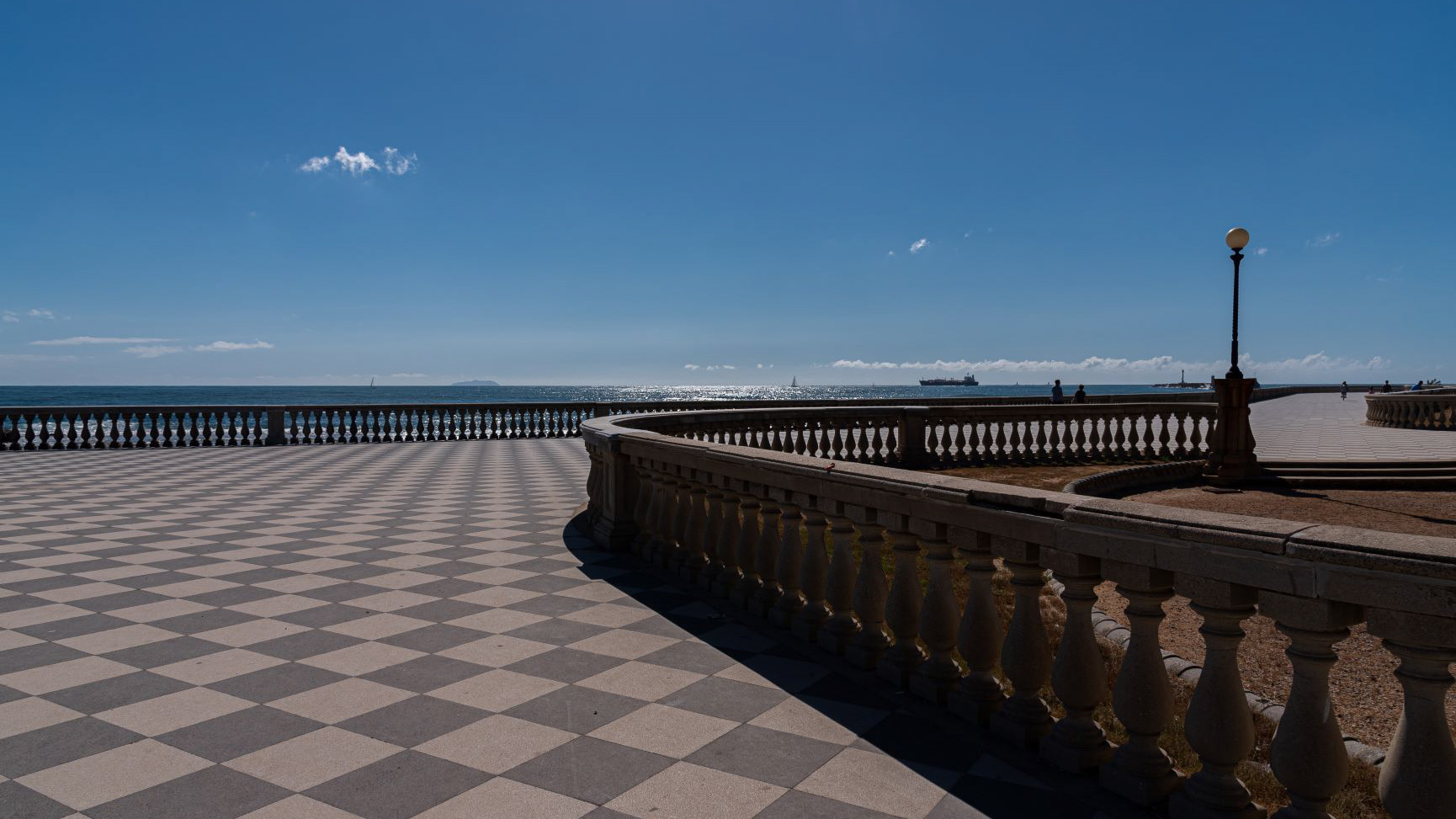
2021
Livorno. The Mascagni Terrace
The Mascagni Terrace is one of the most elegant and evocative places in Livorno and is located on the seafront on the edge of Viale Italia.
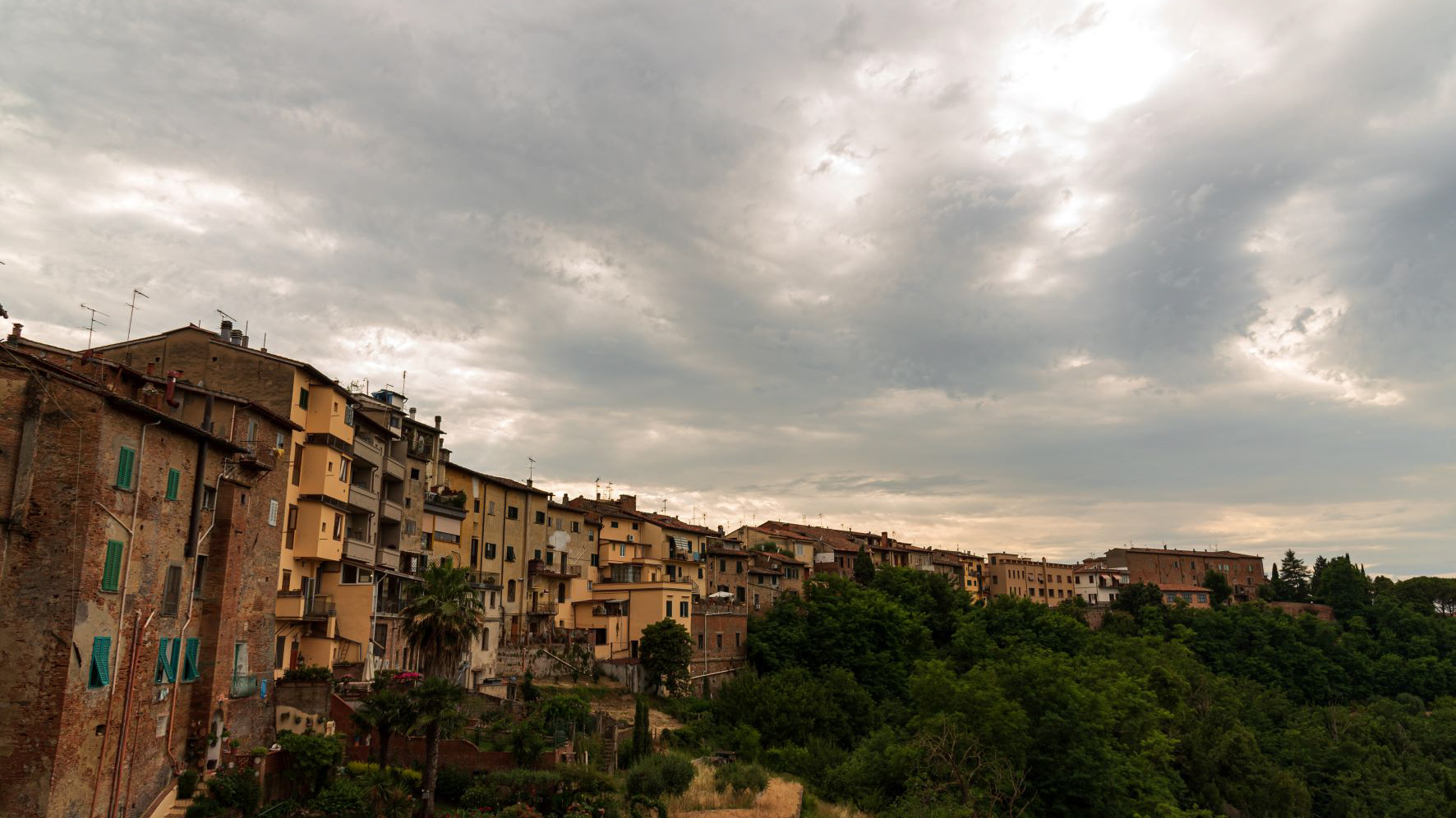
2021
San Miniato. Views on a summer day with clouds
San Miniato is an Italian municipality in Tuscany. The historic center of the city is located in a strategic position on a hill halfway between Florence and Pisa.
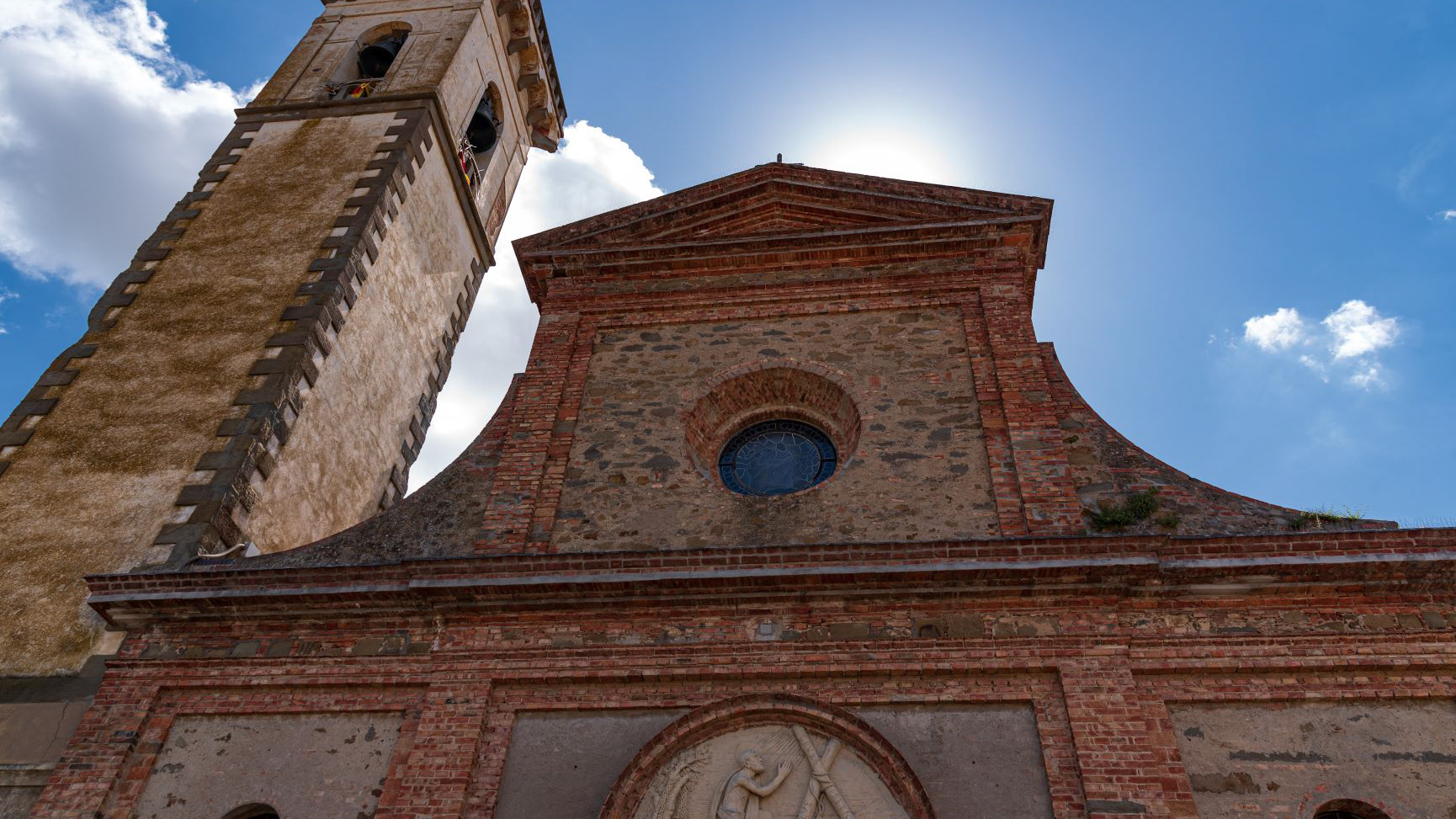
2021
Vinci. Church of Santa Croce
Of thirteenth-century origin, restored several times, it no longer retains the original structure. The neo-Renaissance style works carried out in the years 1925-1935 gave it its current appearance.
